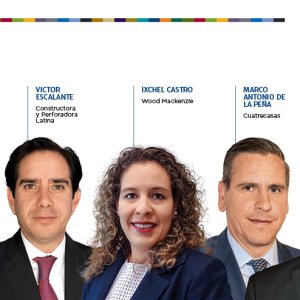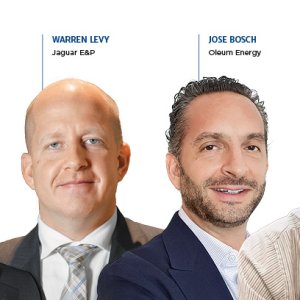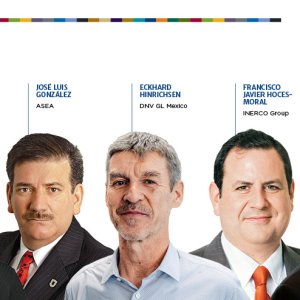
Mexico’s Fiscal Strategy to Optimize Competitiveness Of Upstream
To optimize upstream opportunities and competition, the government is creating a fiscal framework that creates an attractive business case for potential operators by properly balancing state revenue, exploration and production costs and return on investment for operators that is in line with the corresponding risks, Salvador Ugalde, Director of the Income Unit of Hydrocarbons at the Ministry of Finance, told the Mexico Oil & Gas Summit 2016 in Mexico City.
The task is not an easy one, he told the audience at the Sheraton Maria Isabel Hotel during his presentation. Creating a jurisdiction with set fiscal terms can be difficult because Mexico’s different oil provinces have each have unique characteristics that affect the hydrocarbon production potential, risks, necessary technical and operational skills as well as investment requirements. Some areas even have different layers of hydrocarbon resources located on top of each other, such as shale oil and gas in the same area as conventional resources. “Identifying and fitting the rich amount of resources that Mexico has into a legal and fiscal structure is indeed a challenge,” Ugalde said.
The Ministry of Finance (SHCP) strives to implement progressive elements that will not disturb PEMEX’s investment decisions. However, the fact the state-owned company was the sole company in charge of all exploration and production activity limits flexibility. Furthermore, PEMEX’s costs are not clear and complicate the measurement of profitability. “Achieving competition within former monopolies is easier said than done.”
The idea is to attract a wide variety of players that have the necessary knowledge and technical skills to manage specific niches. In addition, it needs a wide spectrum of suppliers that can support the operators’ projects with the best equipment and technology.
The system incorporates international best practices to develop contracts with attractive terms and fair conditions. The Energy Reform borrowed from the experiences of countries such as Brazil, Indonesia and Norway. “Early on, we decided that the bidding rounds would be as transparent as possible. The process has simple rules used to determine which companies can exploit resources. It aligns the objectives of contractors and the government,” the Director said.
Ugalde said the government has been experimenting with four types of contracts in the rounds that allow players to choose their work strategies. It facilitates collaboration between companies and agencies in each area and provides better solutions.
Ugalde also said the strategy takes into consideration that projects develop under different time frames, and that some have quite long maturity periods. Investors may have to wait six years before seeing a drop of oil from projects like deepwater. In this case, corporate taxes have a leeway of 10 years to carry over losses. Companies can deduct costs without stranded deductions.
The rules determine how the payments are calculated and recorded. For instance, the hydrocarbons law has a set of royalties and payment conditions. “We also included a provision that guarantees fiscal security to assure stability. Changes in the constitution permitted the implementation of a flexible system that fully opens the sector. It readjusts itself accordingly to the area, type of player and associated costs,” he said.
Hydrocarbons have a progressive set of royalties that take into account the context of the industry. “A crude oil royalty rate that starts at 7.5 percent only increases with the price of oil,” Ugalde said. The state can then receive a higher percentage of profit without damaging companies. Similarly, if an area produces better quality oil than anticipated, taxation will be higher.
As the profitability of a project changes so should the government take. The idea is to bite off larger chunks only when positive trends in the market arise, such as in cases of larger discoveries or a company that exhibits greater economies of scale. It is not a fixed system as it can be readjusted throughout the life of the contract. “The mechanism can increase and decrease as outcomes change. It provides stability and certainty regarding the distribution of the profits.”
Ugalde perceives a healthy amount of competition and participation in the industry despite a tough economic environment. More investment is expected to appear in the short and long term,” he concluded














